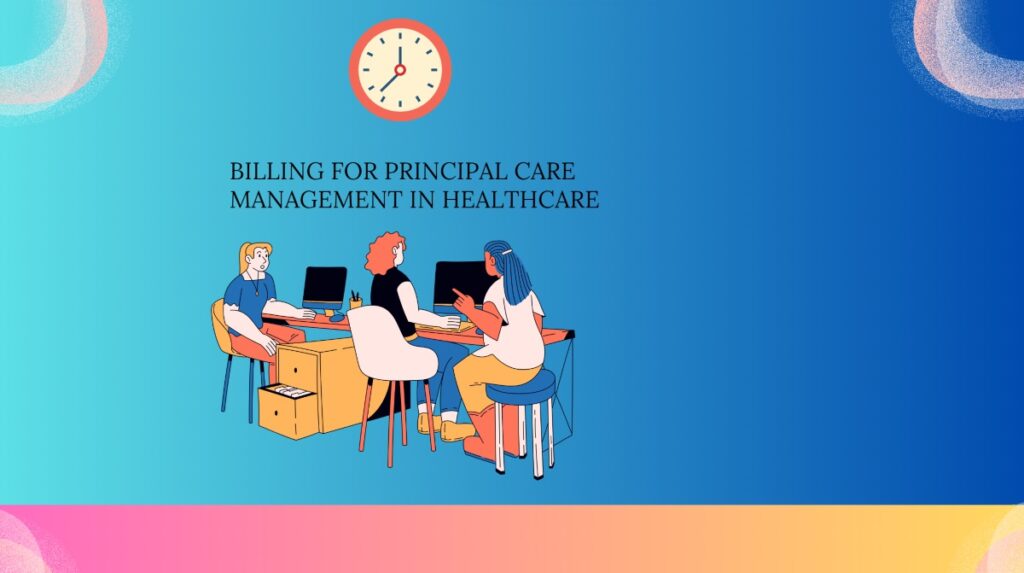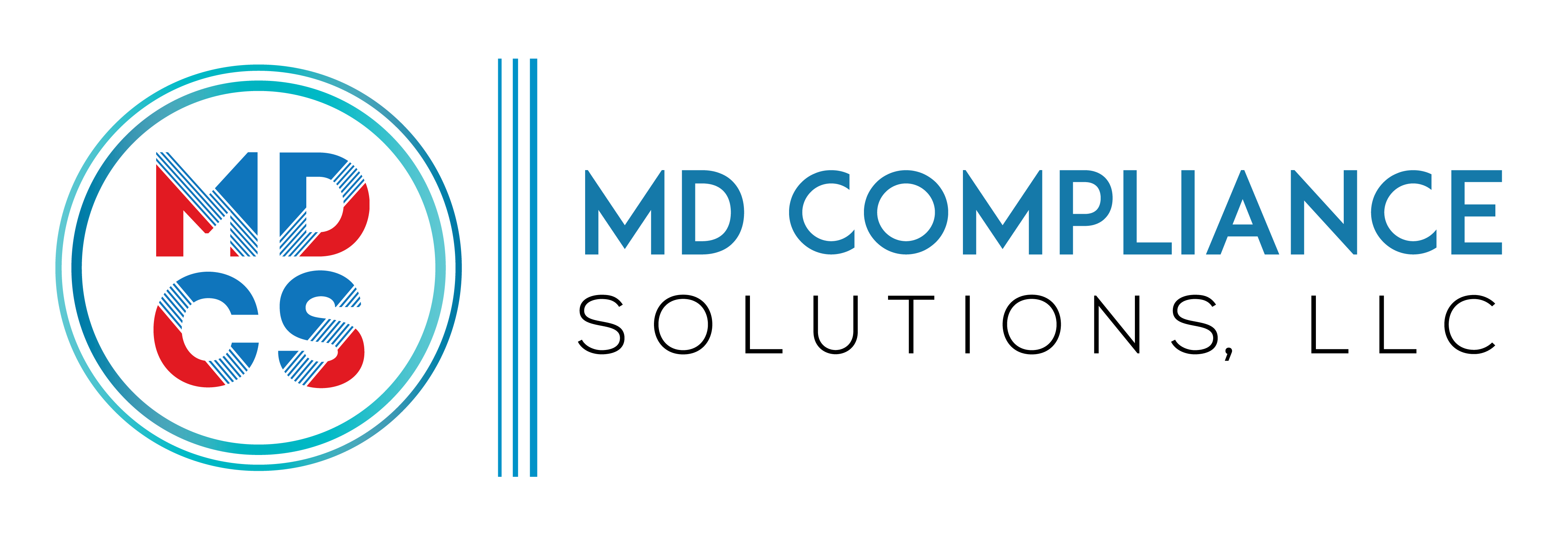Table of Contents
Principal Care Management (PCM) is a chronic care management (CCM) service offered to individuals who have a single difficult chronic disease that has persisted for three months or more. It puts patients at high risk for hospitalization, acute exacerbation, functional deterioration, or death. In other words, a patient-centered treatment strategy is called PCM (principal care management).
PCM neither raises revenue nor enhances the standard of care and encourages improved health outcomes. It is difficult for providers to get reimbursed for PCM because it is still a relatively new care management paradigm. The health care provider is required to document all PCM services provided, including the time spent and the exact tasks conducted. Here we will walk you through principal care management billing procedures and PCM CPT codes.
Important Requirements for Principal Care Management Billing
PCM is comparable to chronic care management (CCM) in that it treats chronic diseases, but its scope is limited to the treatment of a single chronic ailment. The physician must create and implement a comprehensive care plan tailored to the patient’s requirements and goals. Providers must confirm certain prerequisites before billing for principal care management. Among them are:
When invoicing for principal care management services, a physician or another qualified healthcare professional (QHCP) is required.
The CMS has not been defined, but they believe that the majority of PCM services will be given and invoiced by licensed physicians who are dedicated to managing patients with complex chronic conditions. According to the 2020 MPFS, PCM is reserved for patients whose illnesses require medical attention from a licensed practitioner to stabilize them before returning their care to their primary care physician.
Requirements:
It must fulfill the following requirements to be qualified for PCM: Meeting these guidelines allows healthcare practitioners to ensure that their PCM services are acceptable for reimbursement while also providing high-quality care to their patients.
- The duration of a complex, high-risk chronic illness must be three months to a year or until the patient passes away.
- The patient has a high risk of acute aggravation or decompensation, hospitalization, death, or functional deterioration as a result of the illness.
- Because of the comorbidities, it necessitates frequent drug modifications or extremely sophisticated care.
- A specific disease care plan created, reviewed, or revised for the condition to be met.
- It must also necessitate ongoing care and communication among healthcare professionals.
Various Situations
The 2020 MPFS permits a patient to get PCM services for various illnesses from several providers. Nonetheless, suppliers have to ensure that the PCM services are neither rendered nor paid in conjunction with:
- The same practitioner providing additional care management services for the same client
- consultations with other professionals for the same patient under the same practitioner’s care
Coordinating and communicating
As stated in the billing practitioner’s note in the patient’s medical file, there needs to be continuous communication and coordination of care amongst all medical specialists offering services to the beneficiary. The provider must inform the patient and their caregivers about the chronic condition, self-management strategies, and relevant resources.
PCM and Remote Patient Monitoring
Medicare permits patients to enroll in PCM and RPM (Remote Patient Monitoring). Together, the two programs can contribute to a more comprehensive approach to chronic disease management. Remote Patient Monitoring allows clinicians to monitor patients’ dynamic signs by transmitting data via digital devices.
It is commonly used to monitor chronic illnesses by collecting data daily. RPM data is used to inform care verdicts for chronic conditions under the PCM program. For example, your clinic can use RPM to measure and trend blood pressure and blood glucose levels, which impact on the patient’s condition, and monitor them over time. These two programs are fundamentally compatible. Patient permission is essential for both programs.
In the event of a Medicare audit, patient consent paperwork is necessary. Care coordination software can automatically document patient permission. When billing for PCM and RPM, there are separate billable times for each software. For example, PCM is invoiced in 30-minute increments and RPM in 20-minute increments; use the appropriate CPT codes for all services provided under these programs.
Oversight
It should be mentioned that clinical staff may provide PCM services under the supervision of the billing physician or QHCP by CPT codes 99426 and 99427. Although they may not have to be in the same physical area as the services being rendered, the billing practitioner needs to be reachable for consultation. It is possible to provide these services under general supervision. The qualifying billing practitioners for the CPT codes 99424 and 99425 are medical professionals or other QHCPs who perform those services in person and cannot be billed using CPT codes 99424 or 99425.
First encounter
If a patient is new to PCM or has not had a consultation within the previous year, the billing practitioner must plan to make an initial visit with the patient. During the initial visit, they learn about PCM and provide permission for its use.
RPM billing
As long as the time spent providing one of the services is not invoiced twice, RPM and PCM services will both be billed during the same month or billing period. It is imperative to fulfill the time requirements for every code in isolation.
Plan of Care for a Particular Illness
According to CMS guidelines, billing professionals draft a treatment plan tailored to the patient’s illness while providing PCM services. This is because a disease-specific care plan is more focused than an all-inclusive one. It is unique to the particular condition that is being discussed.
Reasonably medically-based components
The elements that are medically acceptable and essential are supplied; the 2020 MPFS states that not all elements must be applied every month for the codes to be paid.
Principal Care Management CPT Codes
Knowing the CPT codes for PCM can assist your clinic in projecting revenue and optimizing your care team’s capacity. However, to deliver and document PCM services based on best practices, you must have a program management system in place. CMS just released the following new CPT codes for principal care management:
99424: Each calendar year, the first thirty minutes of services rendered by a doctor or qualified health care professional (QHCP) for a single, distinct chronic disease must be invoiced.
99425: Every month, for an extra half-hour, a doctor or other licensed healthcare professional provides.
99426: Every calendar month, a physician or other qualified healthcare practitioner may assign the first 30 minutes of clinical staff service time.
99427: Every calendar month, clinical staff members provide an extra 30 minutes of service under the supervision of a doctor or other qualified healthcare professional.
Billing Process:
- Keep accurate records of all PCM services rendered, including the date, time, and particular tasks carried out.
- Ensure that the patient is qualified for PCM services and that the practitioner possesses the required qualifications.
- Submit a claim to the payer with the proper CPT and ICD-10 codes for the patient’s chronic condition.
- Monitor the status of the claim and follow up as needed.
Wrap Up
To ensure compliance with the PCM billing process, you must consult with your payer and follow local regulations. Personalizing medicine revolutionizes primary care management. With PCM, healthcare professionals can provide patients with chronic illnesses with more time and achieve better patient outcomes. Wellness, a digital health suite, now includes principal care management. With the aid of PCM solutions, clinicians may increase income and enhance patient outcomes.

Read More: How to bill for telemedicine?
Reference: 1

